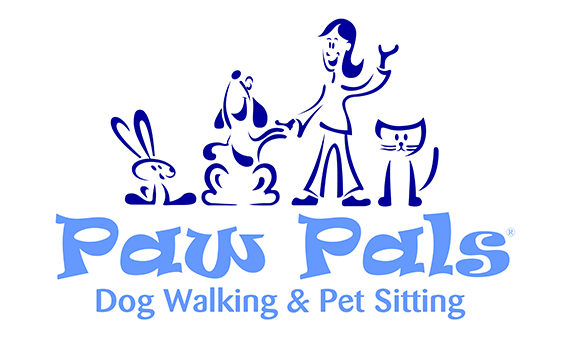Our pets are full of quirks and behaviours that can sometimes leave us scratching our heads. As they can’t speak our language, our furry friends use these behaviours (to communicate with us) to demonstrate how they are feeling. In this blog post, we’re going to decode some common dog and cat behaviours to help you better understand your pet.
Understanding what they’re trying to tell us can enhance the bond we share with our pets and ensure their well-being. The key to this understanding is having a good idea of what your pets’ behaviour looks and sounds like when they are content and well.
Any prolonged change in their normal behaviour could indicate something is wrong and at that point you may need the help of a pet professional. Your vet is your starting point as they will be in the best position to advise you further.
1. Barking and Meowing
Barking in dogs and meowing in cats can indicate a variety of feelings or needs. It could be due to excitement, fear, attention-seeking, or even boredom. Excessive barking or meowing can also be a sign of distress or discomfort. Pay attention to the tone and frequency to better understand what your pet is trying to communicate.
2. Wagging Tail and Swishing Tail
A dog wagging its tail is often a sign of happiness and friendliness. However, the tail’s position and movement can indicate various emotions, such as fear, submission, or aggression. Cats, on the other hand, swish or thump their tails when they are agitated or annoyed. A raised, quivering tail usually indicates excitement or pleasure.
3. Chewing and Scratching
Dogs often chew to relieve boredom, anxiety, or to keep their teeth healthy. However, excessive chewing can signal stress or dietary deficiencies. Cats scratch to mark their territory, stretch their muscles, or shed old nail sheaths. Providing chew toys for dogs and scratching posts for cats can prevent your furniture from becoming their target!
4. Purring and Kneading
Purring in cats is commonly a sign of contentment. However, cats also purr when they’re anxious or unwell as a means to comfort themselves. Kneading (or “making biscuits”) is a behaviour kittens display while nursing, and when adult cats do this, it typically means they’re feeling happy and content.
5. Licking and Grooming
Dogs lick to show affection, to explore their environment, or to comfort themselves. Cats are meticulous groomers, and grooming is a sign of comfort and relaxation. A cat grooming another cat—or even a human family member—is a sign of trust and affection. However, excessive licking or grooming can signal a skin issue, allergies, or stress.
6. Hiding
Both dogs and cats might hide when they’re feeling unwell, scared, or stressed. If your usually sociable pet is suddenly hiding, it could be a sign of illness or discomfort and a visit to the vet might be necessary.
7. Body Posture
A dog’s body language can speak volumes. An alert dog will have ears up and forward, while a fearful dog might crouch, lower its tail, and avoid eye contact. In cats, an arched back with bristled fur often indicates fear or aggression, while a cat lying on its back exposing its belly signals trust and contentment.
Understanding your pet’s behaviour is key to ensuring they live a happy, stress-free life. As noted at the start, any prolonged changes in normal behavior should point you in the direction of your vet, at least to rule out any underlying health issues. And if your pet is part of the Paw Pals family, we are always here to help make your pet-parenting journey more rewarding and less confusing.
